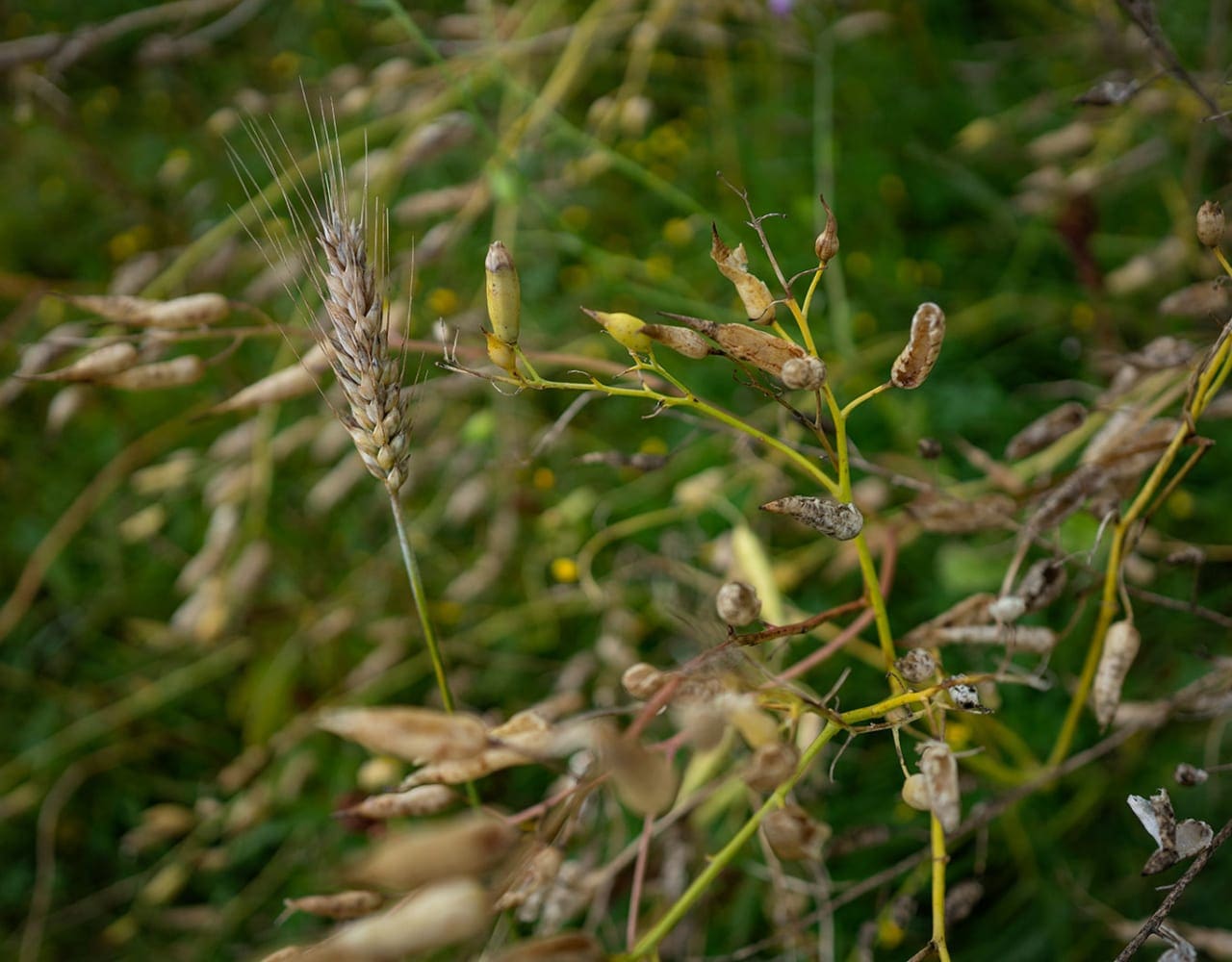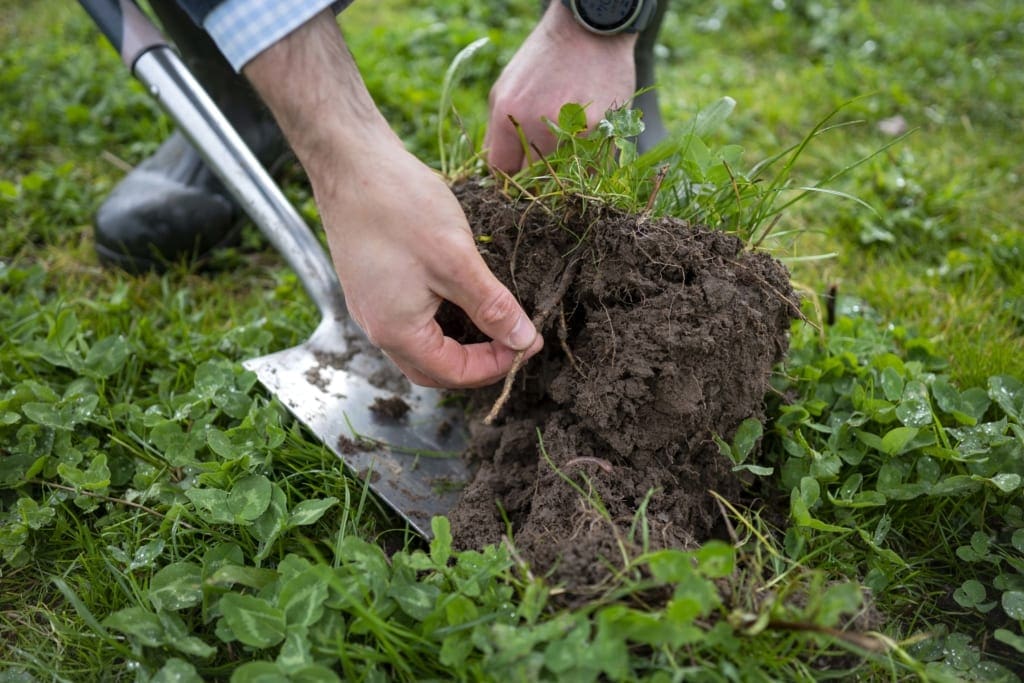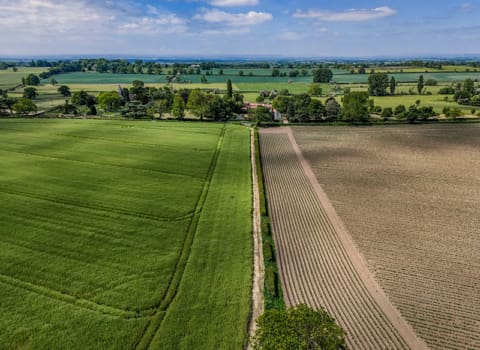Contact our offices
Main office
COLBURN
5 & 6 BAILEY COURT
COLBURN BUSINESS PARK
RICHMOND
NORTH YORKSHIRE
DL9 4QL
Estate Agency Offices are located in
BARNARD CASTLE, BOROUGHBRIDGE & RICHMOND
Residential Management Team
Our Offices
- Alnwick
01665 568310
Email Officealnwick@gscgrays.co.uk - Barnard Castle
01833 637000
Email Officebarnardcastle@gscgrays.co.uk - Boroughbridge
01423 590500
Email Officeboroughbridge@gscgrays.co.uk - Chester-Le-Street
0191 3039540
Email Officechester-le-street@gscgrays.co.uk - Colburn
01748 897630
Email Officecolburn@gscgrays.co.uk - Driffield
01377 337180
Email Officedriffield@gscgrays.co.uk - Hamsterley
01388 487000
Email Officehamsterley@gscgrays.co.uk - Hexham
01434 611565
Email Officehexham@gscgrays.co.uk - Kirkby Lonsdale
01524 880320
Email Officekirkbylonsdale@gscgrays.co.uk - Penrith
01768 597005
Email Officepenrith@gscgrays.co.uk

Regenerative Agriculture
Saturday 5th December is World soil day and it presents an opportunity to focus attention on the importance of healthy soil and to advocate the sustainable management of soil resources. Soil health is also the cornerstone of regenerative agriculture, where the aim is not just to sustain soil resources, but to enhance and increase them. You may have heard terms such as Conservation Agriculture, Permaculture, Holistic Management, Sustainable Agriculture, and most commonly Regenerative Agriculture. But what do these terms mean and could the principles work on your farm?
Regenerative Agriculture is an umbrella term that encompasses a wide variety of farming principles and practices. It is a holistic system of farming that seeks to rehabilitate and enhance the entire ecosystem of the land whilst still producing food. The primary focus is not only to be sustainable but to regenerate the soil and ecosystems and in doing so increase both productivity and biodiversity.

Regenerative management practices are designed to mimic nature and therefore facilitate natural processes and functions. As a Land Manager, this approach asks you to look at your farm as an ecosystem and realise that every management decision you take has an effect on the other living organisms on and in the land. It shifts the focus away from achieving the highest yields possible in the short term, to investing in the health of the land and reaping the benefits long term.
Soil health is the most important part of regenerative agriculture. In one teaspoon of healthy soil, there are more living things than there are people on Earth. The regenerative agriculture way of thinking is that if you look after the soil by trying to make it as healthy as possible, it will look after you. The practises aim to increase soil biodiversity and organic matter (decaying plant or animal material), leading to more resilient soils that can better withstand climate change impacts like flooding and drought. Healthy soils also produce strong yields and nutrient-rich crops with reduced or no requirement for artificial fertiliser. It also diminishes erosion and runoff, leading to improved water quality on and off the farm.
The practices involved in regenerative agriculture vary dramatically depending on land type and climate, however the principles for improving soil health can be followed on any piece of land. The 5 core principles to improve soil health, which underpin regenerative agriculture are:
Limit Disturbance
The first principle is to limit mechanical, chemical, and physical disturbance of the soil. Primarily this disturbance is in the form of tillage. Tillage or ploughing destroys aggregates in the soil, reduces water infiltration rates, releases stored carbon into the air, and accelerates the breakdown of organic material. It also creates bare and compacted soil which is a hostile environment for soil microbes. Adopting low or no-till practices, can over time increase levels of soil organic matter, creating healthier, more resilient environments for crops to thrive, as well as keeping carbon stored in the soil.
Keep the soil surface covered
By keeping soil covered for as long as possible throughout the year, you protect it from erosion from wind and rain, inhibit weed growth, reduce evaporation rates, and build up organic matter. Cover comes in two forms, leaving plant residue from the previous crop on the soil and by planting cover crops.
Build diversity
Soil biology feeds on the organic compounds secreted by the roots of plants. By increasing the diversity of crops in your rotation you allow the soil biology to feed on the roots of more than one plant, which cycles more carbon and leads to healthier soil. Diversity can also be increased by planting cover crop mixes.
Keep living roots in the soil
The fourth principle is to maintain living roots in the soil for as long as possible throughout the year, by establishing another crop or cover as soon as possible after harvest. By maximising the amount of time that living roots are present in the soil, you maximise the amount of time the soil is being fed by plants’ photosynthesising.
Integrate Livestock
Livestock provide a wide range of benefits for the soil. Principally, their excrement provides organic matter and natural fertiliser to feed soil microbiology. Hooved animals also break up the soil surface which stimulates new growth. However, where livestock are used, they must be managed to prevent overgrazing. This means moving livestock regularly to provide plants with the rest they require to recover from the grazing.
These 5 principles of soil health will mean different management decisions depending on the farm they are implemented on. Many farmers will have already implemented some or all of these principles on their land. The key point that regenerative agriculture teaches is that when making any management decision, the integral consideration is to assess the impact on soil health.
Regenerative agriculture does not aim to break records for yields, but it can reduce production costs and aims to increase profit margin per acre whilst benefitting the wider environment.
The concept is still developing, and more farmers are starting to implement some or all of the principles to see what works best for their farm. If you have an interest in the principles outlined in the article or would just like to find out a bit more, please get in touch.









